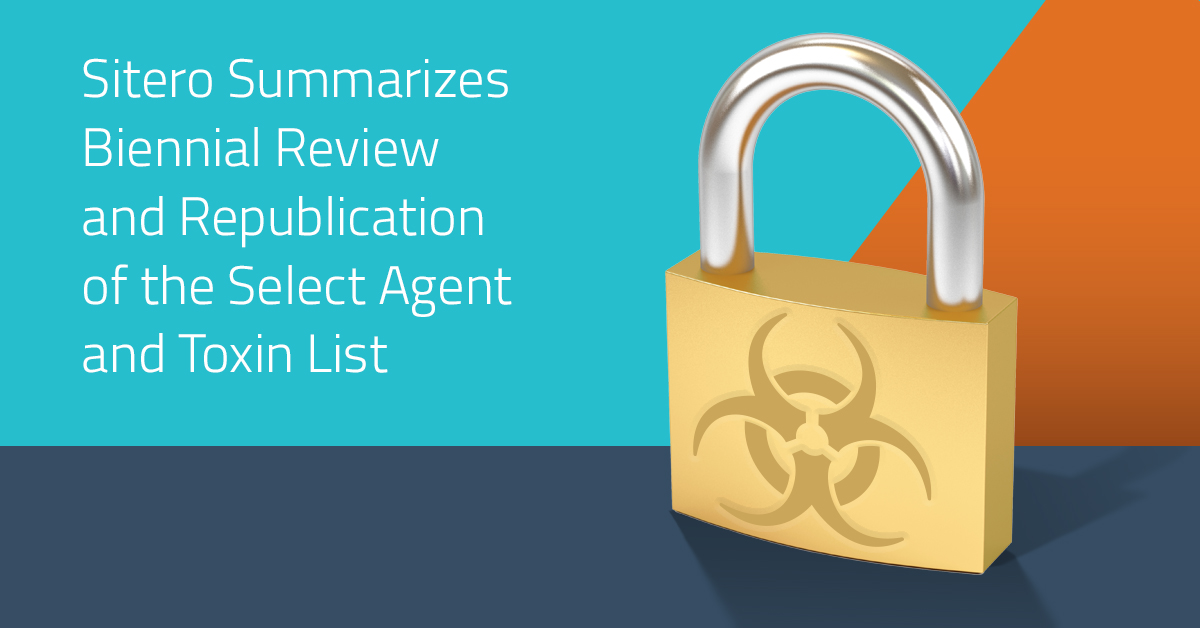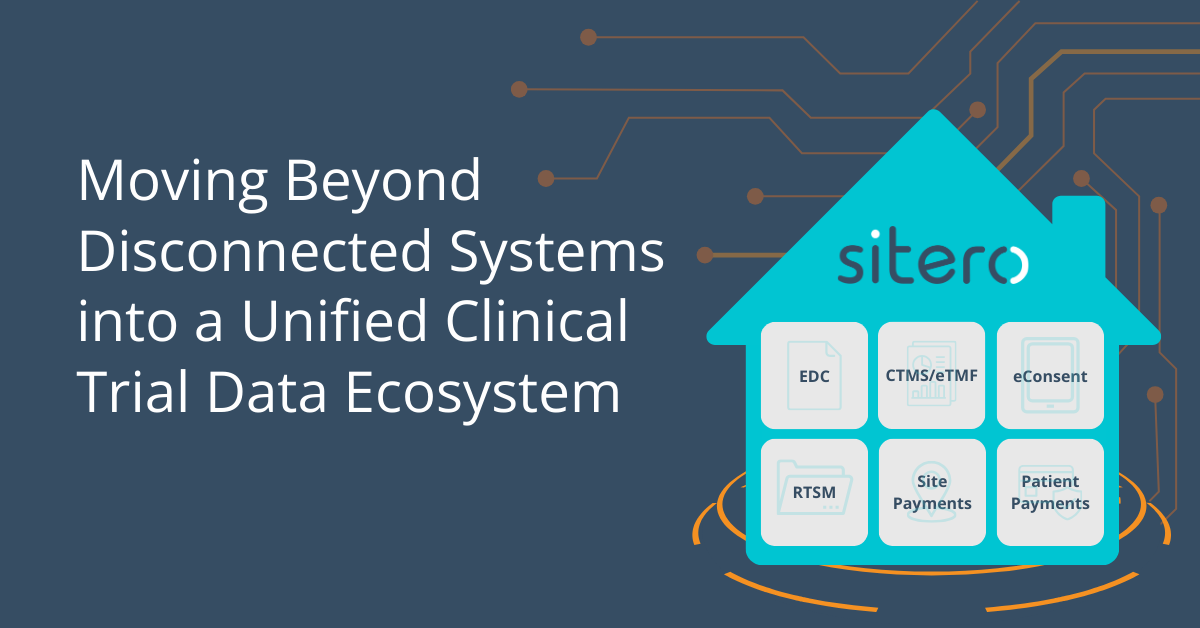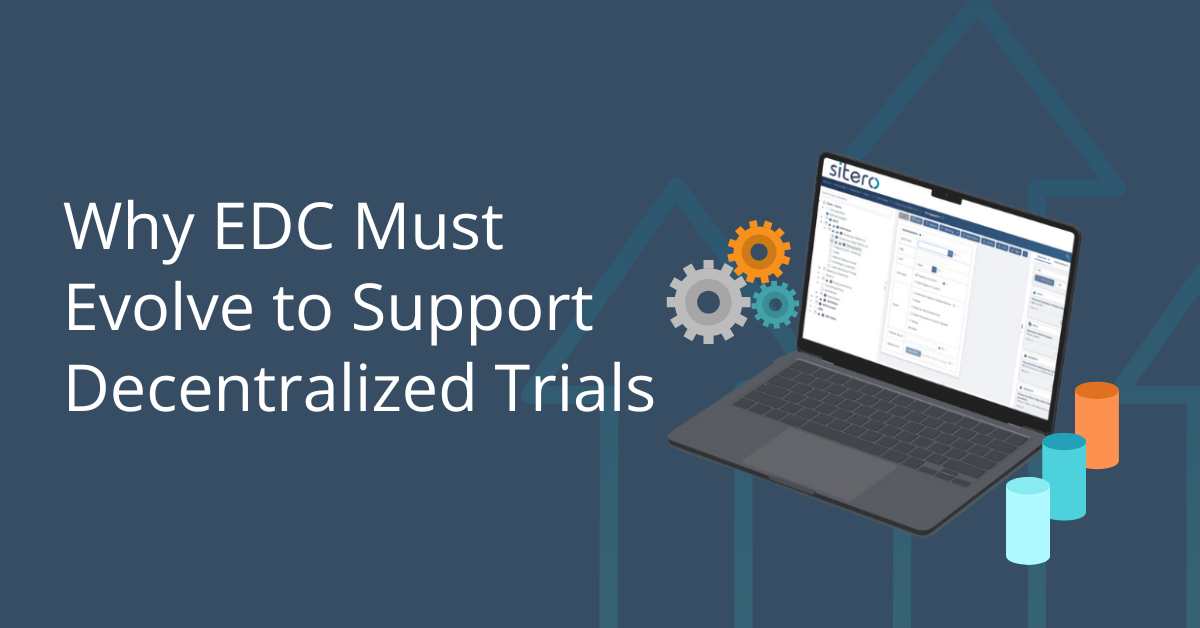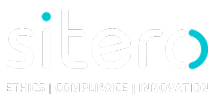
Sitero Summarizes Biennial Review and Republication of the Select Agent and Toxin List
Authors:
Ryan Bartlett, M.S., CPBCA, RBP, CBSP (ABSA) – Sitero Biosafety Officer &
Joanie Ryan, Ph.D. – Sitero Biosafety Officer
Federal select agent regulations were created to safeguard public health and strengthen national security. These regulations, established under the Public Health Security and Bioterrorism Preparedness and Response Act of 2002 (Bioterrorism Response Act), are subject to regular review and updates to ensure their effectiveness in addressing evolving threats.
Here, we highlight the proposed changes in the latest biennial review. The full proposal is posted in the Federal Register notice and is open for comments until April 1, 2024. It’s important to note the proposed changes are subject to further review and public comment before finalization. Stakeholder engagement and input are vital in shaping the final regulatory framework, ensuring it balances security imperatives and scientific advancement
Why is Regular Review of the Select Agent and Toxin List Essential?
The landscape of national security is constantly evolving, driven by technological advancements, changes in geopolitical dynamics, and emerging infectious diseases. To effectively mitigate these risks, regulations governing select agents and toxins must be updated regularly. Similarly, scientific and societal advancements regularly occur to prevent and treat infectious diseases. Once widely available and effective countermeasures are available, removing an agent from the list may be justified.
As mandated by the Bioterrorism Response Act, select agent regulations undergo biennial reviews, wherein relevant stakeholders, including scientists, policymakers, and the public, can provide feedback and propose changes. This regular cadence allows for continuous evaluation and refinement of biosecurity measures, enhancing preparedness and resilience against bioterrorism threats. These reviews give the ability to improve the select agent regulations by:
- Adjusting the Select Agent and Toxin List: The review proposes adding or removing specific biological agents to the list of select agents and toxins, reflecting updated assessments of their potential for misuse or harm.
- Enhancing Security Measures: To bolster biosecurity practices, proposed changes may include updates to security requirements for facilities handling select agents and toxins, such as stricter access controls and surveillance protocols.
- Improving Oversight and Reporting: The review emphasizes the importance of robust oversight and reporting mechanisms to track the possession, use, and transfer of select agents and toxins, facilitating rapid response in the event of security breaches or incidents.
- Streamlining Regulatory Processes: Efforts are underway to streamline regulatory processes and enhance coordination between relevant agencies, ensuring efficient implementation of select agent regulations without unduly impeding scientific research and innovation.
Summarizing the Proposed Changes from the January 2024 Review
The latest biennial review of the select agent regulations, published in the Federal Register on January 30, 2024, outlines several proposed changes to strengthen biosecurity measures while balancing scientific innovation and regulatory compliance. Some key proposed changes include:
- The HHS/CDC is proposing the removal of Brucella abortus, Brucella melitensis, and Brucella suis from the select agents and toxins list based on considerations of their effect on human health, degree of contagiousness, availability of treatment options, and expert feedback. Brucella infections generally have low fatality rates and are primarily transmitted from animal reservoirs to humans.
- The plant pathogen Peronosclerospora philippinensis is identified for delisting because it relies on the host for survival. The specific environmental conditions required for it to become infectious can also be mitigated.
- The only virus proposed for removal is the African horse sickness virus. This virus is difficult to disseminate and transmit successfully, and an effective vaccine exists.
- The HHS/CDC proposes to retain Botulinum neurotoxin-producing species of Clostridium as select agents due to their ability to produce highly toxic botulinum neurotoxins despite the organism itself not causing disease. Concerns include the potential for laboratory-acquired infections and the ease of production for weaponization. The HHS/CDC determined that the toxin’s potency and ease of secretion justify retention but proposes it no longer be classified as Tier 1 due to its limited ability to cause widespread disease.
- There is consideration for increasing the exclusion limit for short, paralytic alpha conotoxins from 100 mg to 200 mg.
- The renaming of Ebola virus to Ebolavirus to align with taxonomic changes.
- Propose designating Nipah virus as a Tier 1 select agent due to its transmissibility, high fatality rate, low infectious dose, and severe illness and long-term effects.
- Proposed updates to solidify the inactivation requirements and documentation. This includes:
- Methods for inactivation of tissues containing select agents.
- Appointment of a temporary designee who may sign inactivation forms when the PI is unavailable.
- Clarification of the records required for inactivated material and that certificates must accompany all transfers (including intra-entity).
- Retention of certificates must be held for as long as the material is at the entity, plus 3 years.
- Clarification for the availability of individuals to be ROs and/or AROs at more than one registered facility.
- Updated regulations for discovering select agents or toxins at entities not registered to handle them, including clarifying reporting requirements, and creating a standardized reporting form for such discoveries. This revision mandates immediate reporting of any unregistered possession of select agents or toxins to the appropriate authorities. It introduces a new reporting form called “APHIS/CDC Form 6”, specifically for reporting discoveries. Additionally, a definition for “Discovery” is proposed to distinguish it from thefts, losses, and releases, clarifying the scope of reporting requirements for these incidents.
Additional suggested changes address proper disposal of select agent waste following patient care, exemptions for animals naturally infected with select agents, and the content of annual internal inspections.
Conclusions
Regularly reviewing and updating select agent regulations are essential components of a robust biosecurity strategy, helping mitigate the evolving threat of bioterrorism while promoting scientific progress and innovation. The proposed changes outlined in the latest biennial review reflect ongoing efforts to strengthen biosecurity measures and safeguard public health and national security interests. As stakeholders continue to engage in the regulatory process, collaboration, and vigilance will remain vital in addressing emerging biosecurity challenges effectively.
As you navigate these regulatory updates, remember that Sitero’s biosafety services are readily available to provide support and guidance. Whether you need clarification on regulatory requirements or assistance in ensuring compliance, our team is dedicated to assisting you. Contact us today to learn more about how we can collaborate to advance research while prioritizing the safety of our workers, the public, and the environment.
The future of clinical trials is a unified, interoperable ecosystem. Sitero’s Mentor platform is leading this transformation, ensuring that clinical trials are more efficient, compliant, and streamlined than ever before. Learn more in our latest blog:
Today’s trials require data entry from anyone, anywhere including patients, sites, home nurses, and remote investigators. Learn why EDC systems must evolve to support decentralized trails in our latest blog:




